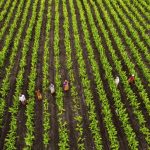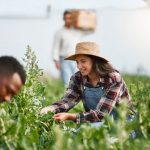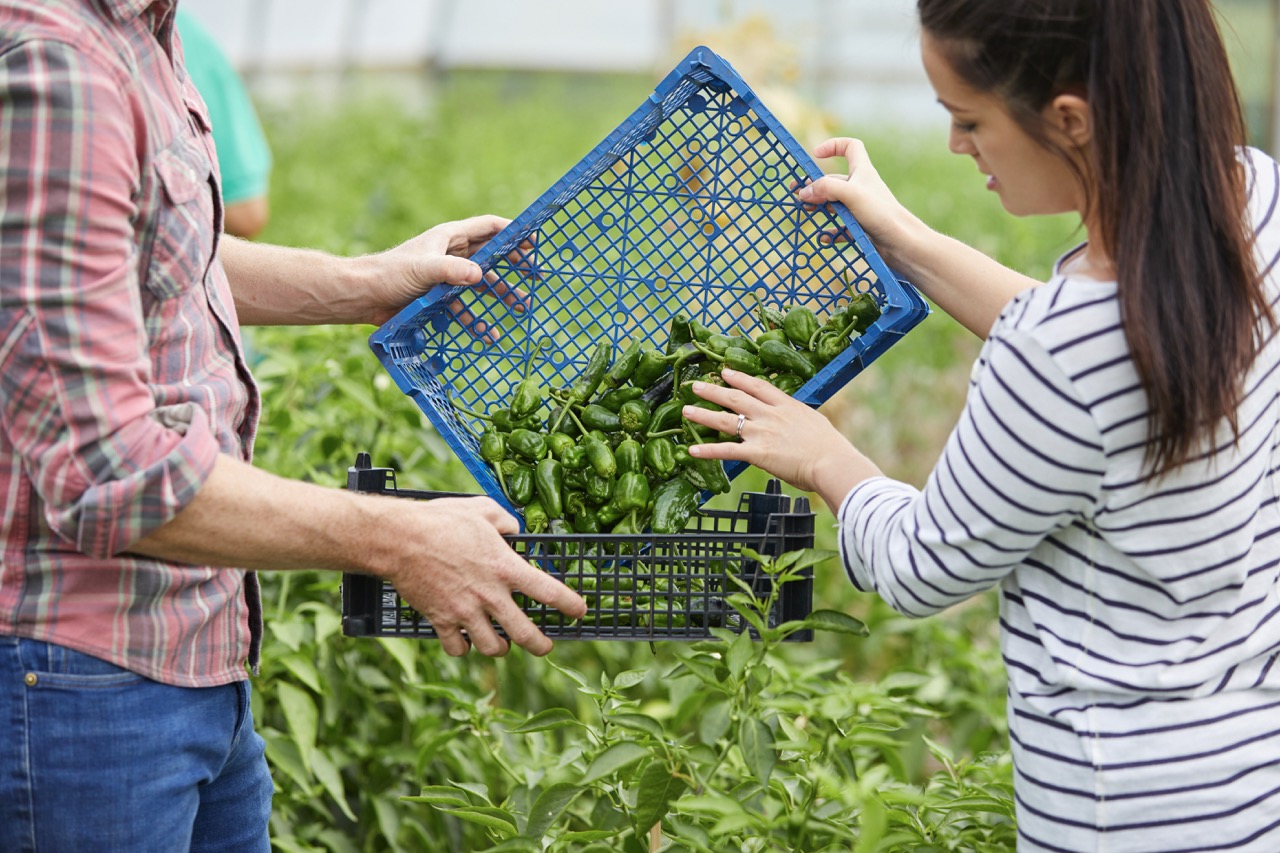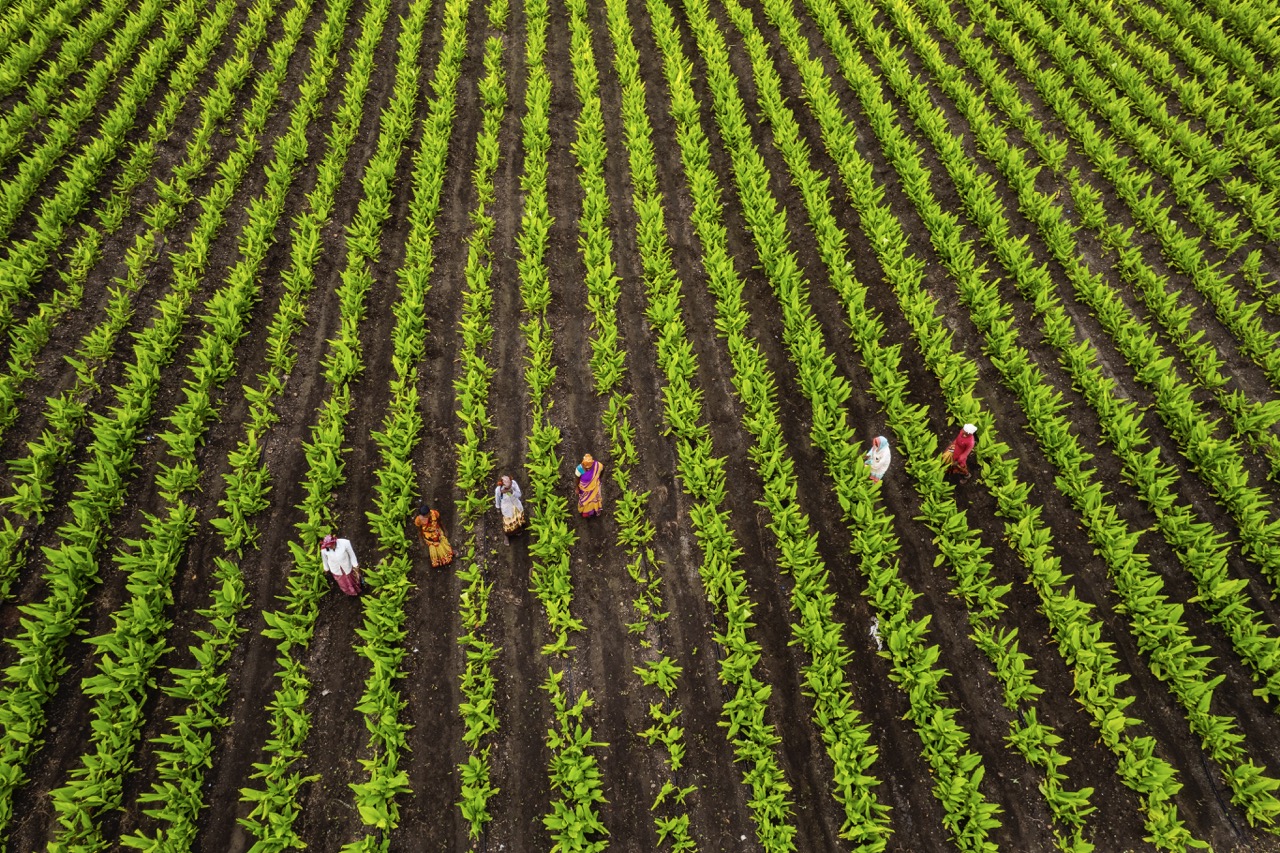Agriculture is a cornerstone of human civilization, providing food, fiber, and other essential resources. However, the expansion of agricultural land has often come at the expense of natural ecosystems. The relationship between agriculture and wildlife conservation is complex, with agricultural practices influencing not only the productivity of farms but also the health of surrounding habitats. A thoughtful approach to agriculture can help balance the pressing need for food security with the imperative to protect biodiversity. This article delves into the interplay between agriculture and wildlife conservation, exploring sustainable practices, beneficial agricultural methods, and policy solutions that can foster a harmonious coexistence.
Balancing Crop Production and Wildlife Habitat Preservation
The challenge of balancing crop production with wildlife habitat preservation is increasingly critical in today’s world. As the global population continues to grow, the demand for agricultural products intensifies, leading to the conversion of natural landscapes into farmland. This process often results in habitat loss, fragmentation, and degradation, which threaten numerous wildlife species. Initiatives aimed at balancing these competing interests are essential for maintaining ecological health while ensuring food security.
Strategies to achieve this balance involve integrating conservation goals within agricultural frameworks. For instance, establishing buffer zones around agricultural fields—areas where natural vegetation is preserved—can mitigate the negative impacts of farming on nearby habitats. Such measures not only protect wildlife corridors but also improve water quality and reduce soil erosion. By viewing agricultural fields as part of a broader ecosystem, farmers can adopt practices that support both crop yields and biodiversity.
Furthermore, engaging local communities in conservation efforts can enhance the effectiveness of these initiatives. Farmers, as stewards of the land, play a pivotal role in wildlife conservation. By providing education on wildlife-friendly farming methods and incentivizing habitat preservation, stakeholders can foster a culture of stewardship that benefits both agricultural productivity and wildlife protection. Collaborative efforts can lead to innovative solutions that recognize agriculture’s role in the ecosystem while mitigating its environmental impact.
The Role of Sustainable Farming in Biodiversity Protection
Sustainable farming practices present a viable solution to the dual challenges of agricultural productivity and wildlife conservation. These methods prioritize environmental health and resource efficiency, employing techniques such as crop rotation, organic farming, and agroforestry. By reducing the reliance on chemical fertilizers and pesticides, sustainable farming minimizes harmful runoff and promotes healthier ecosystems, which in turn supports diverse plant and animal life.
One significant benefit of sustainable agriculture is its potential to enhance soil health and resilience. Healthy soils are crucial for crop production and provide a habitat for countless organisms, many of which are integral to food webs. Practices such as cover cropping and reduced tillage foster biodiversity in soil, improving the overall ecological function of agricultural landscapes. This biodiversity is not only vital for ecosystem stability but also contributes to pest control, pollination, and nutrient cycling—key processes for successful farming.
Moreover, sustainable farming can create economic opportunities for rural communities while fostering conservation. By adopting practices that benefit wildlife, such as planting hedgerows or creating wetlands on their properties, farmers can attract eco-tourism and conservation funding. These economic incentives can help bridge the gap between agricultural interests and wildlife preservation, demonstrating that sustainable practices can yield both financial and ecological dividends.
Examining Agricultural Practices That Benefit Wildlife
Certain agricultural practices have been shown to actively benefit wildlife, helping to create a more symbiotic relationship between farming and biodiversity. One such practice is integrated pest management (IPM), which emphasizes biological control methods over chemical pesticides. By encouraging natural predators of agricultural pests, farmers can reduce reliance on harmful chemicals, leading to healthier ecosystems where beneficial insects and other wildlife thrive.
Another beneficial practice is the implementation of agroecological strategies, where diverse crops are cultivated alongside each other. This diversity can create more resilient ecosystems and attract a wider range of wildlife, including pollinators and other beneficial organisms. Crop diversity can help mitigate the risks associated with monoculture, such as disease outbreaks and soil degradation, while also providing habitats for various species.
Additionally, the establishment of wildlife-friendly cover crops and grass strips can enhance habitat availability within agricultural landscapes. These areas can serve as refuges for birds, insects, and small mammals, allowing them to thrive even within a predominantly agricultural setting. By adopting such practices, farmers can contribute to wildlife conservation while maintaining productivity, illustrating that agriculture and biodiversity need not be at odds.
Policy Solutions for Harmonizing Agriculture and Conservation
To effectively harmonize agriculture and wildlife conservation, innovative policy solutions are essential. Governments and organizations can create incentive programs that reward farmers for adopting conservation-friendly practices. These programs might include financial assistance for implementing wildlife habitat improvements, such as planting cover crops or maintaining hedgerows. By providing economic incentives, policymakers can encourage farmers to view wildlife conservation as a beneficial endeavor rather than a burden.
Land-use planning policies that integrate agricultural and conservation goals can significantly impact wildlife protection. By designating specific areas for conservation efforts and ensuring that agricultural expansion is conducted strategically, policymakers can help mitigate habitat loss. Additionally, promoting partnerships between governments, NGOs, and the agricultural sector can foster collaborative approaches to land management, ensuring that conservation efforts align with agricultural needs.
Moreover, education and outreach programs play a crucial role in promoting the importance of wildlife-friendly practices among farmers. By providing resources, training, and technical support, agricultural extension services can empower farmers to adopt practices that benefit both their livelihoods and local wildlife. Policymakers should prioritize such initiatives to create a culture of conservation within the agricultural community, ultimately leading to lasting positive impacts on biodiversity and ecosystem health.
The interplay between agriculture and wildlife conservation presents both challenges and opportunities. As the world grapples with the necessity of feeding a growing population, it is imperative that agricultural practices evolve to prioritize biodiversity alongside productivity. Through sustainable farming methods, innovative practices that benefit wildlife, and effective policy solutions, a pathway can be forged toward a future where agriculture and conservation coexist harmoniously. By embracing this dual commitment, society can ensure the preservation of wildlife while securing food resources for generations to come.










